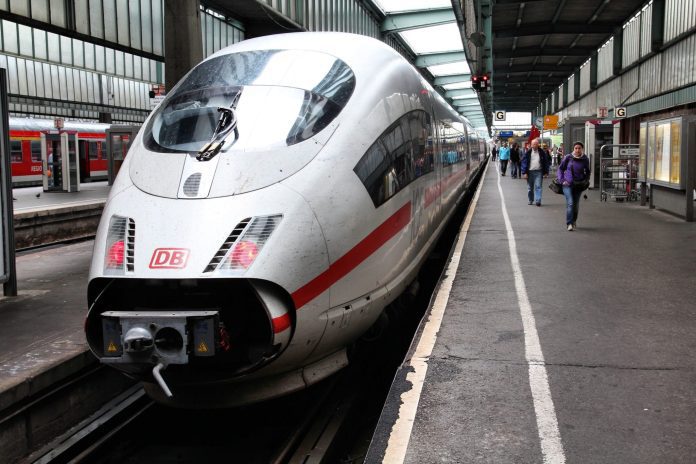Siemens said the digitization project will be fully completed by 2034
German technology powerhouse Siemens has won a contract worth a total of 800 million euros ($990 million) to digitize Norway’s entire railroad network.
As part of the contract, the company will equip around 4,200 kilometers of track with the European Train Control System (ETCS) Level 2-type Trainguard, combined with Sinet, an interlocking-type Simis W and IP-based wayside network communication solution.
The order was placed by Bane NOR SF, Norway’s state-owned company responsible for the Norwegian national railway infrastructure. The new digital signaling system, which is expected to be fully completed in 2034, will enhance safety, punctuality and capacity on the rail system. The contract also includes maintenance services for 25 years, Siemens said.
“This marks the start of modernization of the railway network in Norway. Bane NOR is creating the railway of the future with one of Norway’s largest digitization projects. We are confident, that Siemens, by winning the contract to provide a new digital signal system, will contribute significantly to our network’s modernization,” said Sverre Kjenne, Bane NOR executive vice president.
“This project is a major step in signaling history – a technology step only comparable to the change from relay to electronic interlockings in the 80s. Together with Bane NOR Siemens will renew the complete Norwegian rail network into a full digital IP based system – a real ‘internet of things’ system,” said Michael Peter, CEO of Siemens’ mobility division.
“This will save much hardware, allow for maximized capacity and provide the basis for data based minimized preventive maintenance. In the end, it will allow to give passengers a far more efficient and reliable travel experience with far higher punctuality, increased capacity and throughput,” he added.
Siemens highlighted that the entire digital system will be controlled via a central interlocking in Oslo, which gives the trains the authority to proceed via Siemens’ ETCS Level 2 solution.
Bane NOR will invest more than 2 billion euros in digitalization and automation of its railway network over a ten-year period. This will be done through Bane NOR’s European Rail Traffic Management System initiative.
With the new ETCS technology, the Norwegian rail system’s signaling system will be digitalized. The project’s scope of delivery includes the complete signaling system with interlockings, ETCS Level 2 system, point machines, train detection systems and level crossings as well as associated infrastructure along the lines.
Siemens also highlighted that the first line to be equipped with the new signaling system will be the Nordlandsbanen and is scheduled to begin operation in 2022. The introduction of ETCS in Norway’s capital Oslo is planned for 2026.
The Sinet distributed smart safety system is based on industry-standard communication interfaces and includes functionality for cloud-based services. With the ETCS as a cab-signaling system, main signals are no longer required along the lines since signals are directly transferred to the driver’s cab. Siemens said that this new system will make railway operation more efficient.
The system is part of a European standard that will replace today’s more than 20 different train management systems.

